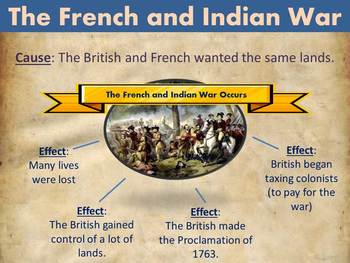
Rain doesn’t always help, either: Flooding from extreme rainfalls can also produce toxic mold on crops. Crops grown in high-drought areas are often moved into humid storage facilities, leaving them vulnerable to fungal infestations and pests. Climate change increases food wasteĮven if a harvest is good (or promises to be good), more of it now goes to waste as the climate crisis intensifies. Likewise, climate extremes threaten fish populations, especially in areas like Southeast Asia.ĭuring a drought, 49% of all assets lost are crops 36% are livestock. Cattle, goats, and other livestock account for 36% of all drought-related losses (crops make up 49%). 122 million people may be protein-deficient by that time as well.īeyond plant-based nutrition, climate change also affects the quality of livestock, which rely on the same resources as humans to eat, grow, and produce meat, eggs, and/or milk. By 2050, an estimated 175 million people could develop zinc deficiencies.

Studies show that higher concentrations of carbon dioxide in plants reduce their protein, zinc, and iron content. Hunger and malnutrition are issues of both quantity and quality. Climate change decreases the nutritional value of food Products grown on rural farmland as part of Concern Worldwide’s Food for Peace program are often destined to be transported to, and sold at this market. In many areas, climate change has prolonged these hungry seasons.įrancoise Kakuji, 70, and her vegetables for sale at the central market of the town of Manono, Tanganyika Province. In the times before harvest known as “hungry seasons,” when the previous supply of food has been used up and the next crops are not quite ready to pick, families often skip one or more meals per day. Many of the world’s hungriest countries rely on agriculture as their main industry, which means that families eat seasonally in keeping with what their harvests (and their neighbors’ harvests) bring in. These price spikes leave the poorest families most vulnerable one study shows that people living in urban areas under the poverty line spend up to 75% of their budget on food alone.

We’ve seen this happen over the last two years after international trade was suspended due to COVID-19. If one part of the food system is interrupted due to a climate event (big or small), that can lead to inflation. This simple instance of supply-and-demand, however, has big impacts. If climate change reduces the amount of food produced, then it makes sense that it also reduces the amount of food people can access. Severe drought across the Horn of Africa has forced thousands of families to leave their homes in the countryside and seek help near urban centers. This means that, with the effects of climate change already apparent in areas like the Horn of Africa and Southeast Asia, we need to find unique methods to mitigate disasters when they strike, and develop bespoke ways to reduce the impacts of hazards on the lives and livelihoods of these areas in the future.Īnimals drink water trucked into drought stricken areas of Somaliland by Concern Worldwide. While the causes of these issues are fairly consistent, the solutions are not. With half of Vietnam’s national rice production centered in the Mekong Delta (roughly the size of Maryland), even a minor flood can have major implications. There, coastal farmlands are often flooded by saltwater, which kills off rice crops. In other areas like Bangladesh and Vietnam, rising sea levels pose a different threat to food security. Īccording to the Food and Agriculture Organization, 80% of the causes behind an unpredictable harvest for cereal crops in areas like Africa’s Sahel come down to climate variability.

Corn and wheat production has declined in recent years due to extreme weather events, plant diseases, and a global water crisis. Higher temperatures, water scarcity, droughts, floods, and greater CO2 concentrations in the atmosphere affect staple crops around the world. Climate change impacts agriculture and food production


 0 kommentar(er)
0 kommentar(er)
